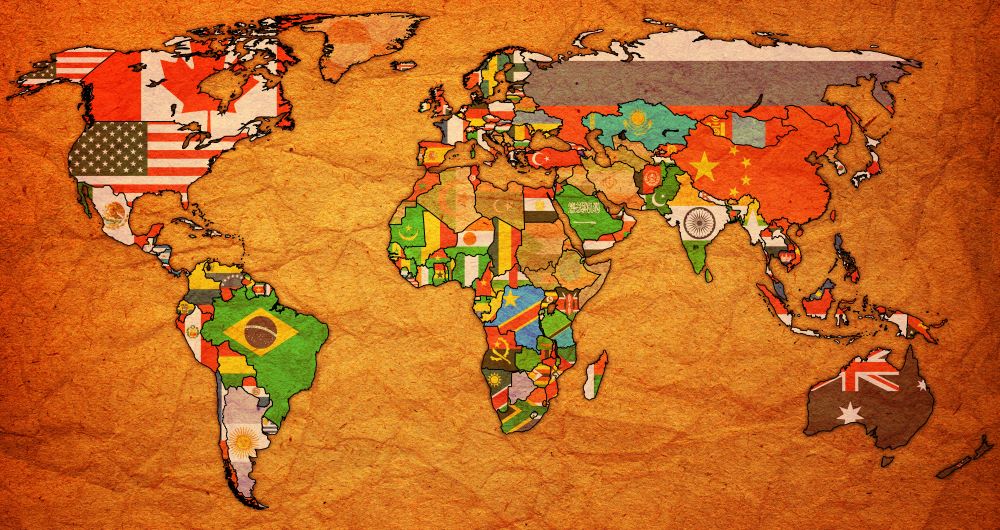“Who will purchase this quantity of merchandise for this amount of price?”
Written by Christiaan de Lange, MCom (Economics), MPhil (Taxation), Master of Business Leadership (MBL), MIEx
An ‘Element of Taxation’
The European Commission (EC) Taxation and Customs Union website reminds us that there are three ‘elements of taxation’ that provides the basis for assessment of the customs debt, which is the technical term for saying the amount of customs duty due. The ‘elements of taxation’ are customs valuation, tariff classification, and the origin of the goods. Once the customs value of the imported goods is determined the customs duty can be calculated.
The 40th anniversary of GATT/WTO Customs Valuation Agreement (Valuation Agreement) will no doubt be celebrated by both the World Customs Organization (WCO) Technical Committee on Customs Valuation, and the WTO Committee on Customs Valuation. At its 30th anniversary in 2010 the WCO Secretary General, said, “Valuation is a key Customs activity and the Agreement is one of our core Customs instruments.” It is the only ‘customs instrument’ that transcends both pre-eminent international trade organisations.
The Arthasastra
It is a flawed perception that customs valuation has been in existence for all but 40 years, for its existence is much more distant. The first reference to customs valuation is found on the Indian sub-continent around 400 B.C. when the Arthasastra was written, establishing the practice of the valuation of imported goods. The Arthasastra articulates the duties and functions of administrative departments, amongst which is Toll, or Customs.
The customs valuation practice described, is for a merchant, on importation, to make his/her way to a flag of the tollhouse, and to cry out trice “Who will purchase this quantity of merchandise for this amount of price?” Should this result in a response “I (we) will” the merchant had to hand over the merchandise to the bidder at that price. The purchase price along with the toll was paid into the King’s treasury. In the instance where the merchant feared having to pay the toll, then lower the quantity or the price, on detection it was either surrendered to the King or the merchant had to pay eight times the toll.
The Arthasastra customs valuation is based on the actual value, which is in conformity with the spirit of the Valuation Agreement.
Customs Valuation
What Oscar Wilde said a cynic to be, could well apply in the practice of customs valuation, “We know the price of everything and the value of nothing”. As the EC on its Taxation and Customs Union web page so eloquently summarises, “Customs Valuation is the determination of the economic value of goods declared for importation.”
An ‘economic value’ is a measure of the benefit provided by a good or service to an ‘economic agent’, whilst an ‘economic agent’a person, company, or organisation that has an influence on the economy by, in this instance, buying.
It is an imperative that there is an international standard set of rules for establishing the customs value, which is vital for:
- proper collection of duties and taxes,
- economic and commercial policy analysis,
- application of commercial policy measures, and
- import and export statistics.
The Methods of Customs Valuation
The Valuation Agreement defines six Methods that needs to be applied in hierarchical order, with only Methods 4 and 5 being able to be reversed. Where the customs value cannot be determined based on Method 1 – Transaction Value, then follows:
- Method 2 – Transaction value of identical goods,
- Method 3 – Transaction value of similar goods,
- Method 4 – Deductive method,
- Method 5 – Computed method, or
- Method 6 – Fall-back method (Based on previous methods, applied with greater flexibility.)
The Transaction Value
Over 90% of imports are valued using Method 1 – The Transaction Value, defined as “the price actually paid or payable”. It is the total payment made or to be made by the buyer to or for the benefit of the seller for the imported goods, and includes all payments made as a condition of sale of the imported goods by the buyer to the seller, or by the buyer to a third party to satisfy an obligation of the seller.
HMRC’s “Notice 252: valuation of imported goods for customs purposes, VAT and trade statistics” articulates the items that must be added to “the price paid or payable”:
- Delivery costs.
- Commissions.
- Royalties and licence fees.
- Goods and services
provided free of charge or at reduced cost by the buyer.
- Materials, components, and parts.
- Tools, dies, and moulds.
- Materials consumed in producing the imported goods.
- Engineering, development, artwork, design work and plans and sketches.
- Containers and packing.
- Proceeds of resale.
- Export Duty and taxes paid in the country of origin or export.
Although this article does not explore the remaining Methods of customs valuation, you should consider these when applying Method 1, you are not able to arrive at a customs value.
Consideration
It is impossible, in a single article, to do customs valuation the justice that it deserves, for it is so rich in content, that demands a more detailed assessment. This article, for instance, did not consider the interaction between customs valuation and transfer pricing, and even whether transfer prices can be accepted as customs value? Nor the customs valuation of rented goods, leased goods, lost goods, damaged goods or defective goods.
As Timothy Lyons, in the 3rd edition of “EU Customs Law”, concludes “Plainly valuation of goods is central to the assessment of customs duty.”

